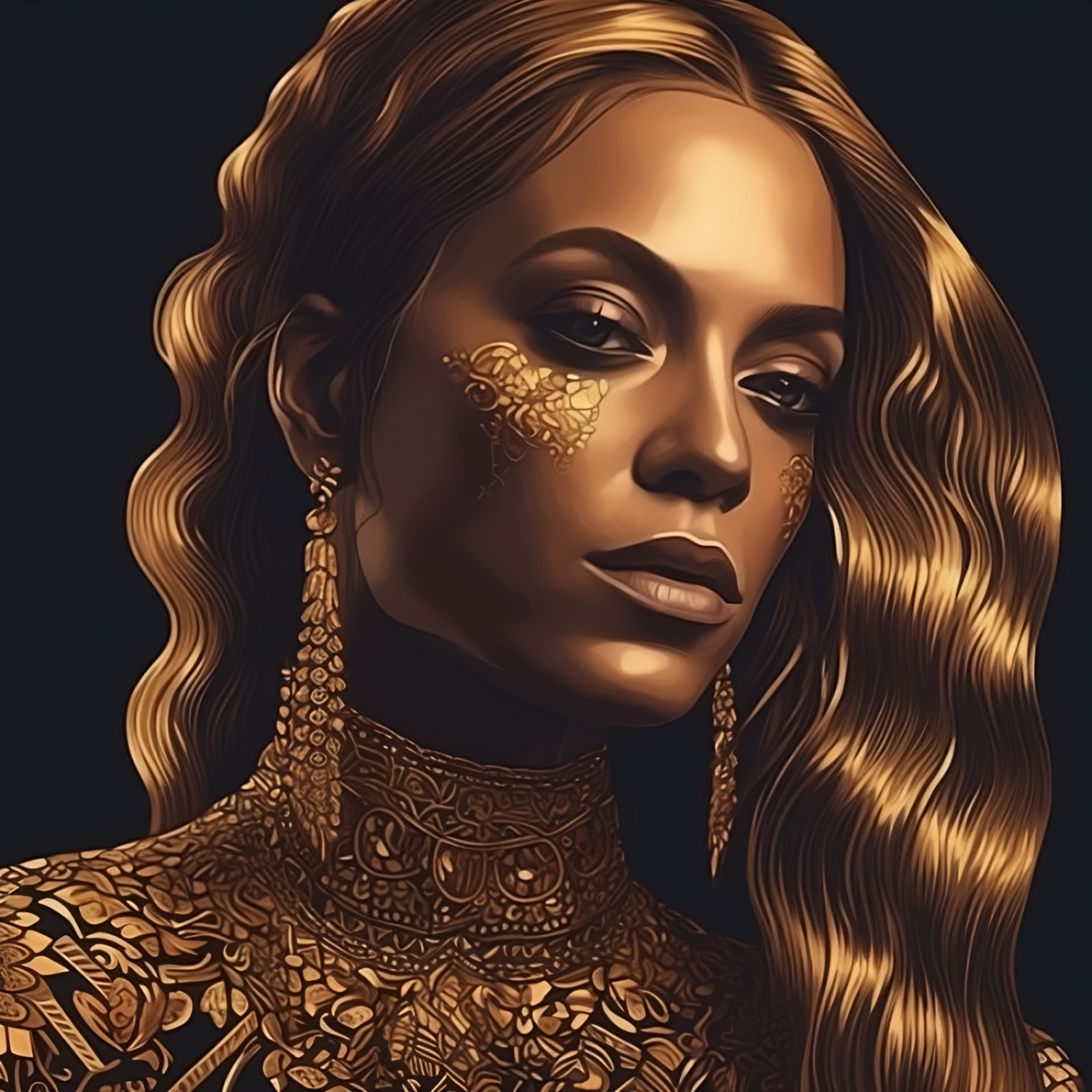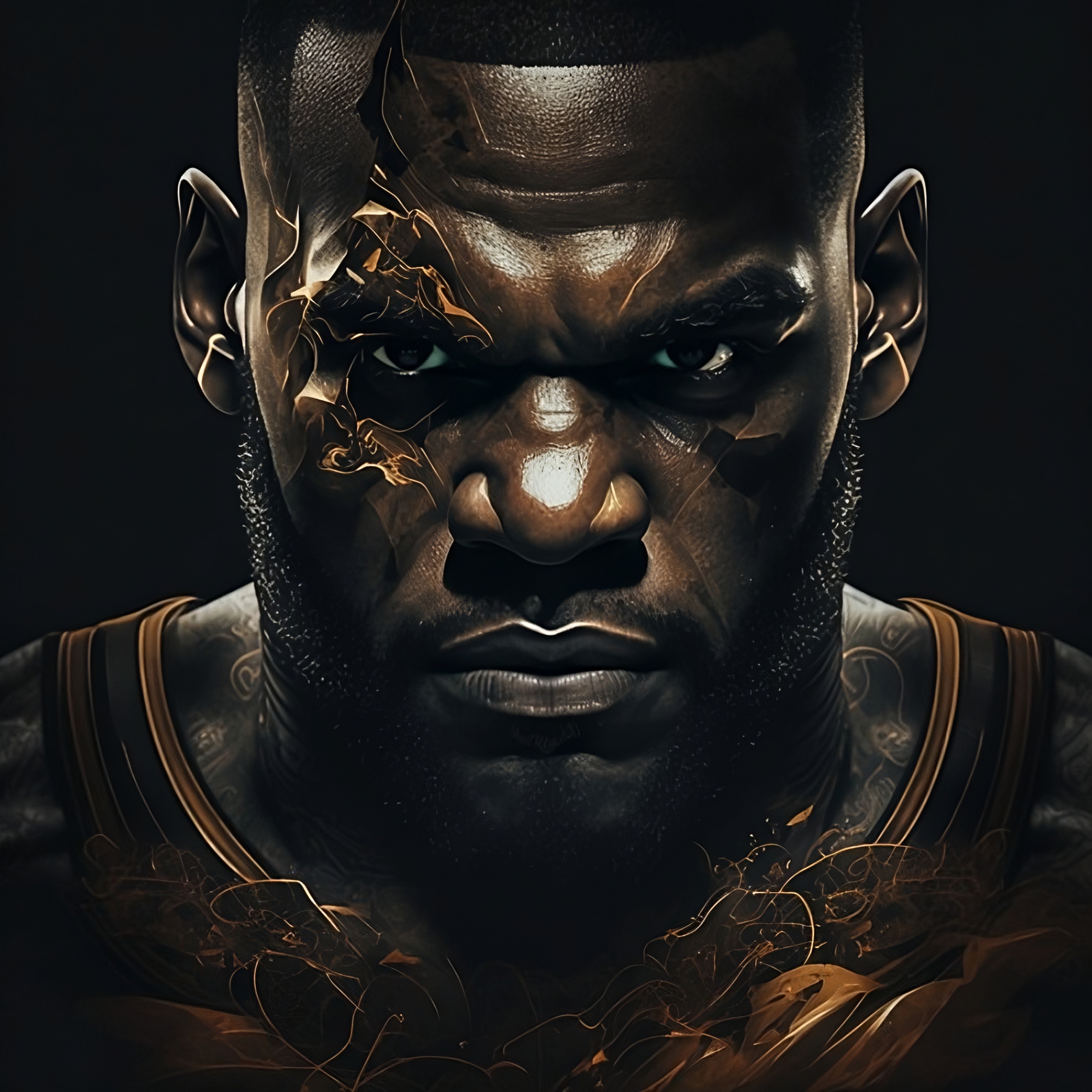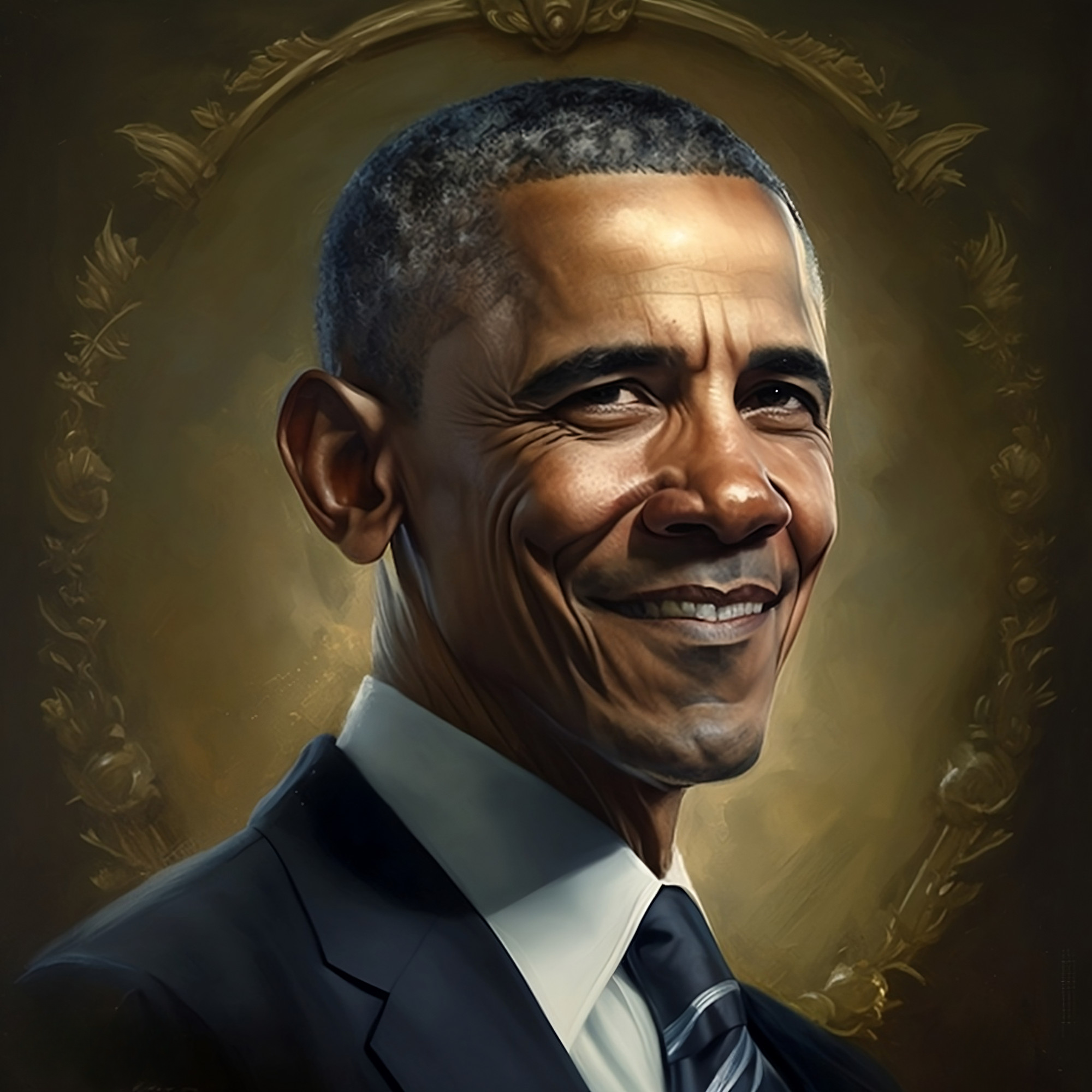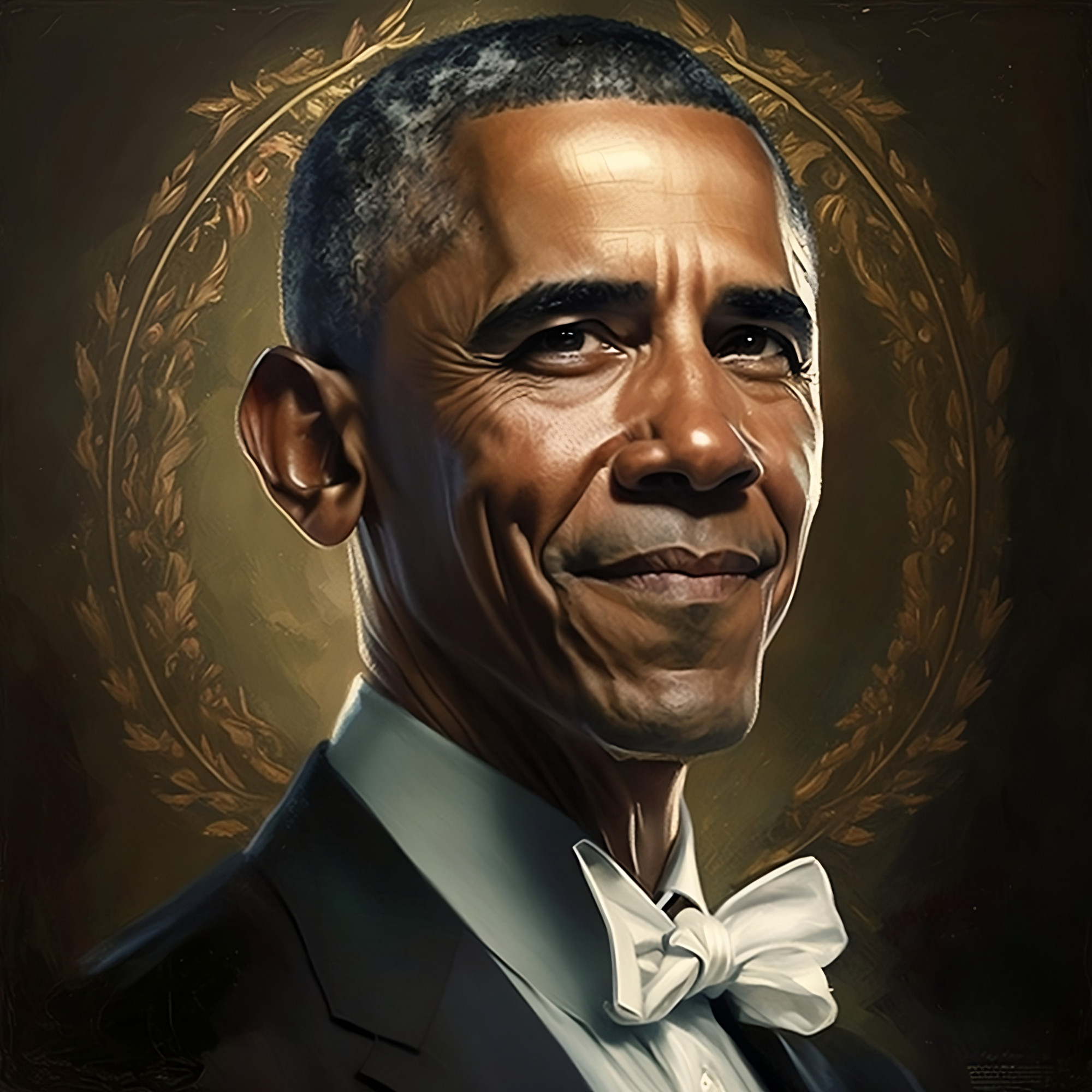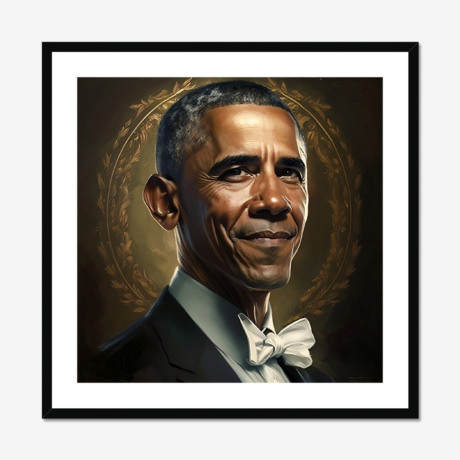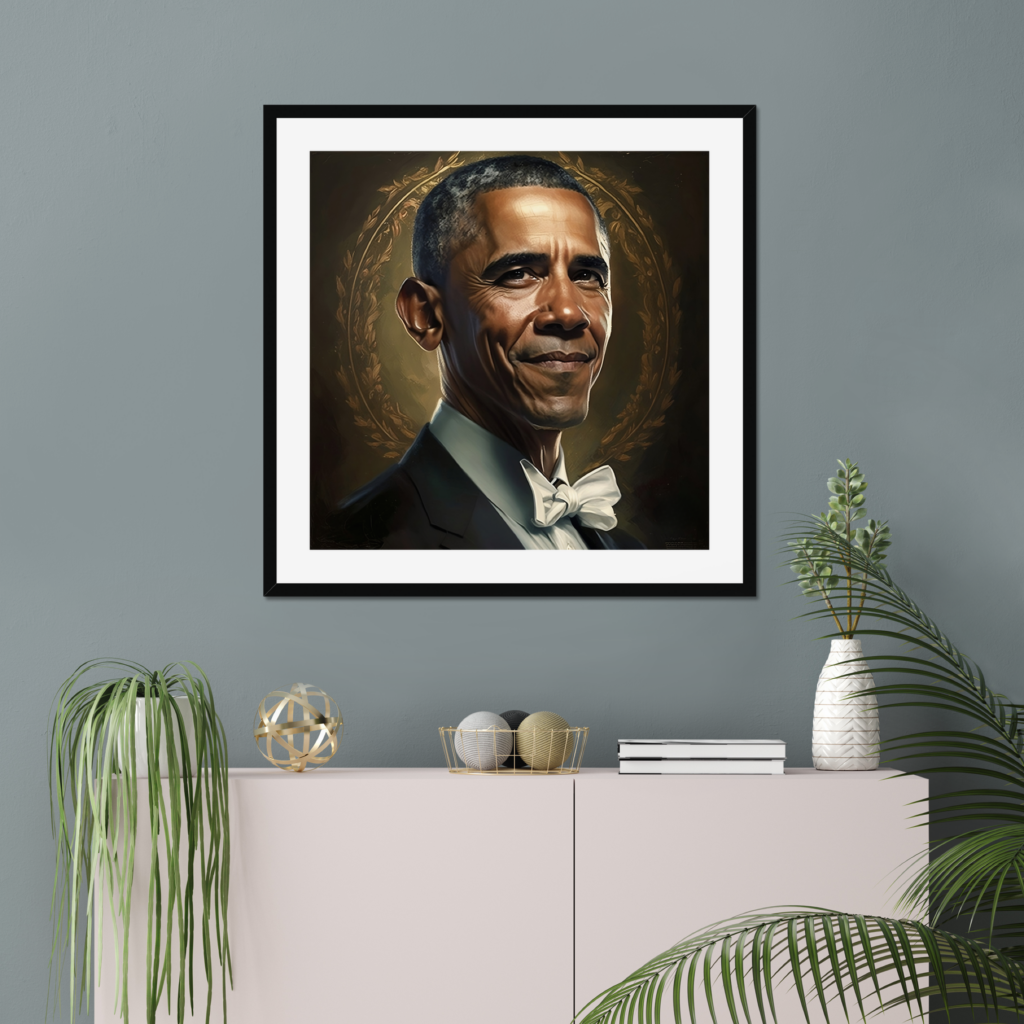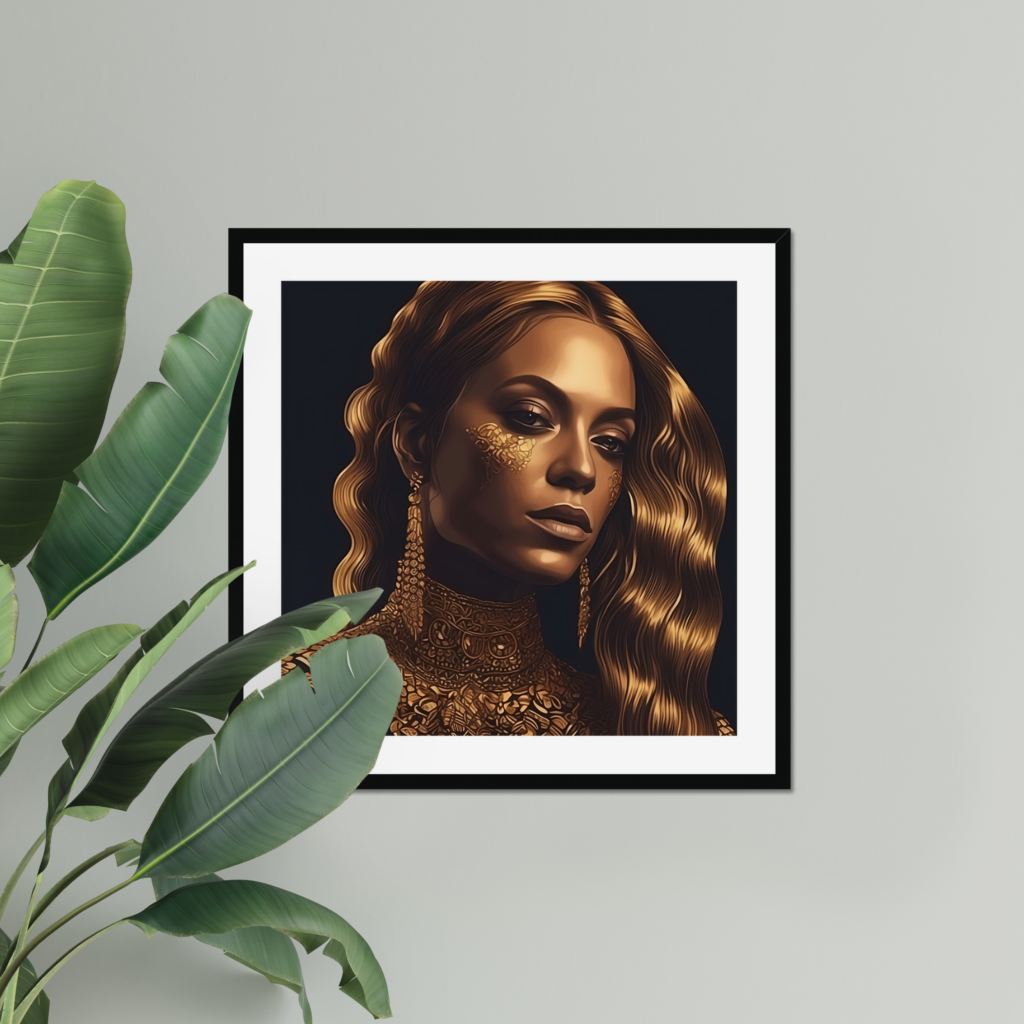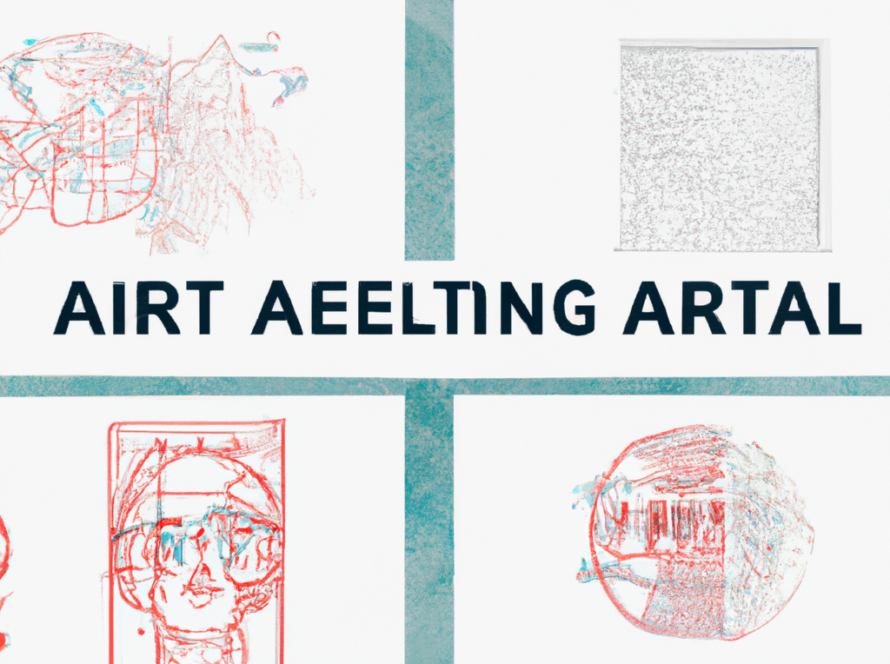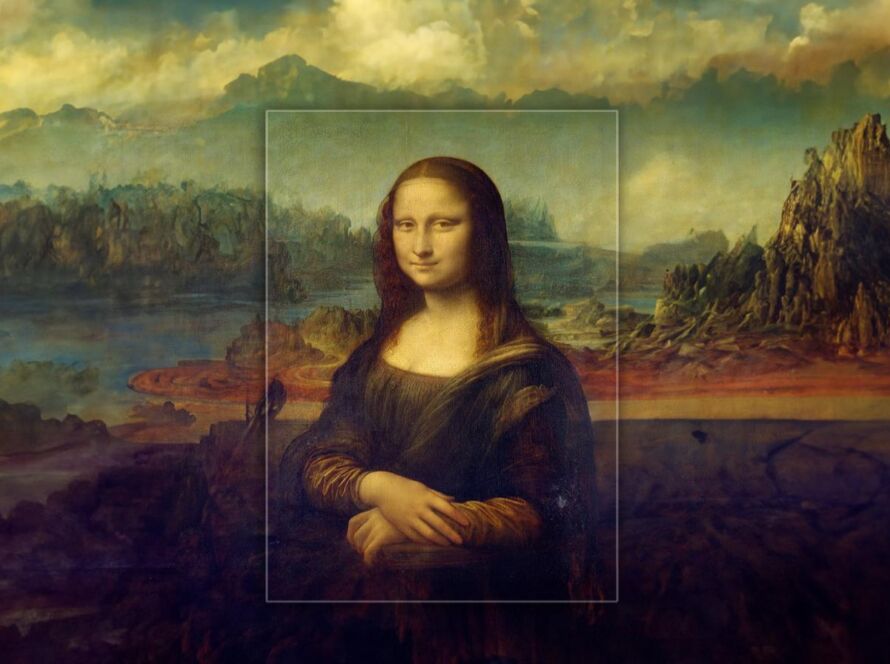Masterpiece or Monstrosity? AI’s Role in the Art Industry
Introduction
Imagine stepping into an art gallery, marvelling at an impressive piece, and learning it was crafted not by a human artist but by an algorithm. This is the reality of AI art, a burgeoning field straddling the intersection of technology and creativity. AI art, embodied in forms such as AI prints or art generated by AI from photos, is a topic of heated debate. Is this technology a revolutionary masterpiece in the art world, or does it herald a monstrosity set to disrupt the sanctity of human creativity?
This blog delves into the role of AI in the art industry, exploring its historical context, the merits that highlight it as a masterpiece, and the criticisms suggesting it’s a monstrosity.
Background of AI in Art
A. Brief history of art creation techniques and the advent of AI
Art creation has undergone several transformations over the years, from cave paintings to digital art. The advent of AI as an artistic tool is just another landmark in this journey. Our About page provides a more detailed account of this evolution.
B. Emergence and evolution of AI in the art industry
AI’s role in the art industry was solidified in the late 20th and early 21st centuries with the emergence of machine learning and neural networks. Early AI art mainly consisted of image manipulation, such as creating AI art from photos, but as the technology matured, AI evolved to generating original compositions. Check out our AI Art Generation page for a closer look.
C. Key milestones and players in AI’s role in art creation
In 2018, a major milestone was achieved when ‘Portrait of Edmond de Belamy,’ an artwork created by an AI algorithm, was sold for $432,500 at Christie’s. This moment underlined the significant place of AI in the art industry and the potential it holds. Our blog on Turning AI pixels into Art covers this event and others in detail.
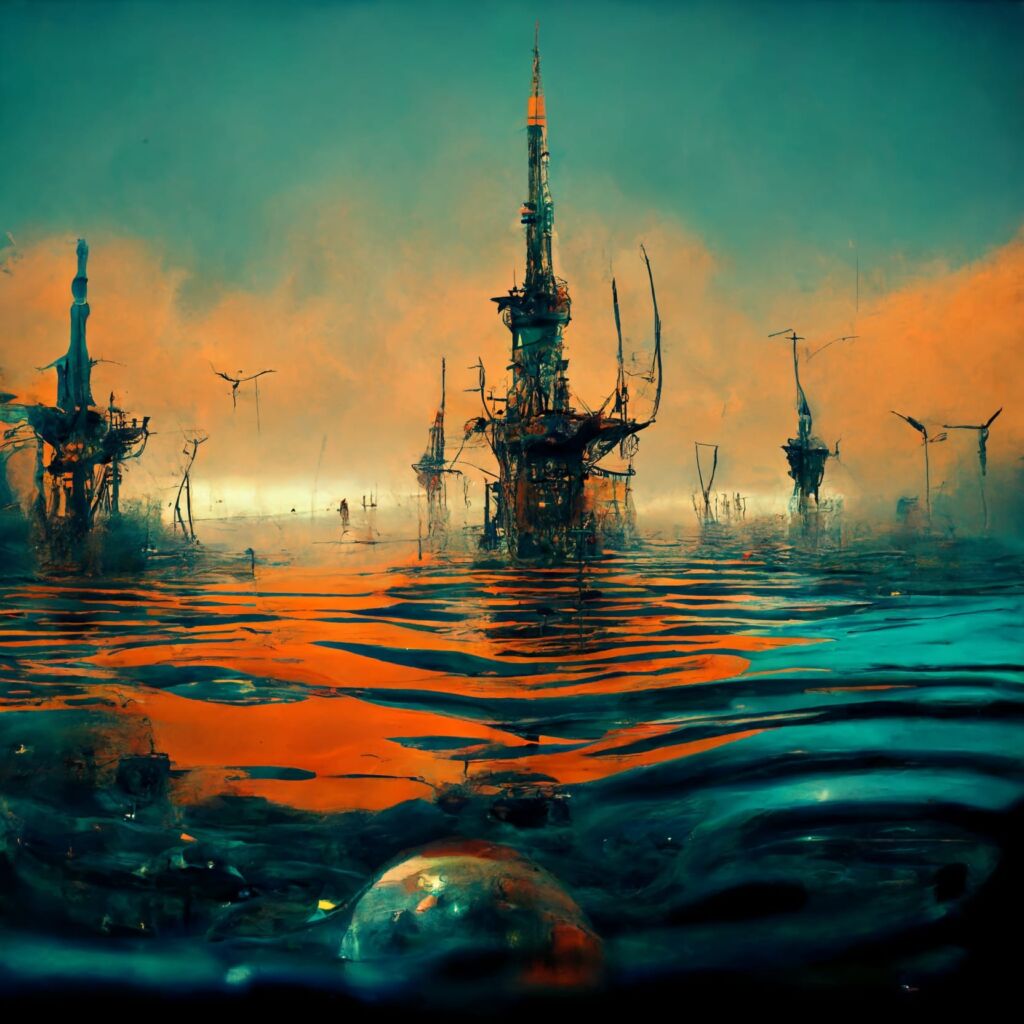
AI as a Masterpiece in Art
A. AI’s ability to create unique, innovative works of art
AI art generators have redefined artistic boundaries by creating unique, innovative works that would have been otherwise impossible. The novelty and complexity of AI prints highlight AI’s potential as a masterpiece in the art world. To see some examples, visit our Shop.
B. How AI assists human artists
AI is not only a creator in its own right but also a useful tool for human artists. It can help artists manipulate and enhance their creative processes, providing a new lens through which to interpret the world. AI offers an expanded palette of artistic possibilities and mediums. This potential is explored in our blog: Is AI the new Michelangelo?.
C. AI’s potential in art preservation and restoration
AI’s role extends beyond creation to the preservation and restoration of art. For example, AI can help identify the materials and techniques used in historical artworks, which aids in their preservation. This role of AI in solving art’s biggest problems is further discussed here.
D. Democratization of art through AI
AI is democratizing art by making it more accessible. With AI, anyone can transform a photo into a piece of art or create unique AI prints, regardless of their artistic ability. Thus, AI is fostering a more inclusive art landscape. This concept is explored more deeply in our Future of Art Galleries blog post.
The use of AI in the art industry brings an intriguing blend of possibilities and uncertainties. As the technology continues to evolve, so too will its implications for the world of art. Yet, as we’ve seen, AI has already made significant strides in shaping art creation, preservation, and accessibility, making a strong case for its role as a masterpiece in this domain. Still, in the realm of art – where subjectivity rules – nothing is clear-cut. The question lingers: Is AI art a masterpiece of innovation or a monstrosity disrupting the human touch in creativity?
-
LeBron James
Art Prints $160.00 – $200.00Buy now This product has multiple variants. The options may be chosen on the product page -
US President 44
Art Prints $160.00 – $200.00Buy now This product has multiple variants. The options may be chosen on the product page -
US President
Art Prints $160.00 – $200.00Buy now This product has multiple variants. The options may be chosen on the product page
AI as a Monstrosity in Art
While the integration of AI in the art industry offers undeniable advantages, it has also sparked numerous criticisms. To some, the encroachment of AI into the art realm feels less like innovation and more like an ominous disruption – a monstrosity.
A. Criticism against AI’s role in art
1. Undermining human creativity and skill
Art is often regarded as a distinctively human activity, embodying creativity, emotion, and cultural nuances that are unique to the human experience. Critics argue that AI, devoid of these qualities, could undermine the value and significance of human creativity and skill. While AI art generators can create impressive visuals, the absence of a living, breathing artist behind these works can be unsettling for some, leading to questions about the true essence of art. We delve deeper into this debate in our blog post on AI Overload: Are we losing the human touch in Art?.
2. Originality and authorship in AI-created art
AI art raises critical questions about originality and authorship. Who is the real artist when a piece is created by an AI art generator from a photo? Is it the AI, the programmer who created the AI, or the individual who selected the input and parameters? This blurred line of authorship adds a layer of controversy, often leading AI’s role in art to be labeled as a monstrosity. The Pros and Cons of AI Canvas Prints post offers a balanced perspective on this matter.
B. Potential risks of AI in the art industry
1. Over-commercialization and dilution of artistic value
The ease and speed with which AI can produce art raise concerns about over-commercialization. When art becomes quick and easy to produce, does it risk losing its value and becoming just another commodity? Moreover, could AI prints saturate the market to a point where they dilute the value of human-made art? We explore these dilemmas in Dazzling or Dystopian: The Controversy over AI Art.
2. Ethical considerations and potential misuse
Just like any technology, AI can be misused. One could easily take an existing artwork, pass it through an AI art generator, and create a “new” piece that could infringe on the original artist’s copyright. This potential misuse highlights the need for careful regulations to ensure ethical use of AI in art.
Case Studies
To further elucidate the dual nature of AI as both a masterpiece and monstrosity in the art industry, let’s look at two case studies.
A. Case Study 1: Successful AI integration in the art industry
The collaboration between the AI program DeepArt and the Public Art Fund in New York offers an example of AI’s successful integration into the art industry. DeepArt used AI to transform ordinary photos into art resembling the styles of famous painters. The resulting images were displayed on digital billboards across the city, presenting an innovative blend of technology and public art. This venture demonstrated the potential of AI to create engaging and accessible art in public spaces, showcasing AI’s role as a masterpiece in art.
B. Case Study 2: Controversial use of AI in the art industry
On the flip side, the controversy surrounding the aforementioned ‘Portrait of Edmond de Belamy’ encapsulates the potential monstrosity of AI in art. This AI-generated artwork, while a technical feat, was criticized for its high auction price, raising questions about value and authorship in AI-created art. Critics argued that the artwork’s high value was misplaced, as the piece was not a product of human creativity and effort. Additionally, the question of authorship became contentious as the artwork was created by an AI model trained on thousands of portraits, raising concerns about intellectual property rights.
The complex relationship between AI and the art industry is continually evolving. As AI’s capabilities grow, its role in art becomes more profound, offering new avenues for creation, while also provoking tough questions about authenticity, value, and ethics. While some herald AI as a revolutionary masterpiece, others view it as a disruptive monstrosity. As we continue to explore this topic, it’s clear that the conversation about AI in art is far from over.
Future Prospects: AI in the Art Industry
As we look towards the horizon, the potential and possibilities of AI in the art industry seem limitless, echoing its masterpiece persona. However, these advancements also come with substantial challenges, underlining the monstrosity concerns.
A. Exploration of future possibilities and potential growth of AI in the art industry
AI’s role in the art industry is likely to expand as technology continues to advance. From crafting more sophisticated AI prints to enabling greater personalization and interactive experiences, the future of AI art is promising. Additionally, as AI algorithms become more advanced, they may even start to imbue their creations with a semblance of emotion, a prospect explored in-depth in our Dawn of AI Artists blog post.
B. Balancing AI’s benefits and challenges in art
The future of AI in art lies in striking a balance between its benefits and challenges. While AI should continue to augment artistic capabilities and democratize art, it’s also crucial to preserve the human essence of creativity and address issues of authorship, over-commercialization, and potential misuse.
C. Potential regulations and policies
As AI’s role in art grows, so does the need for regulations. Future policies might need to address authorship and copyright issues surrounding AI-created art, ethical use of AI, and potential market saturation from AI prints. The crafting of these regulations will need to involve artists, technologists, legal experts, and policy-makers to ensure a balanced and fair approach.
Conclusion
The intersection of AI and art is a fascinating landscape where technology meets creativity, resulting in a blend of innovation and controversy. While AI has undeniably proven itself to be a masterpiece in the art industry—opening up new avenues for creativity, assisting artists, and democratizing art—it has also been viewed as a monstrosity. Critics cite concerns about the undermining of human creativity, blurred lines of authorship, potential over-commercialization, and ethical misuse.
Indeed, AI’s role in art is neither wholly a masterpiece nor a monstrosity—it is a complex amalgamation of both. As we move forward, the goal should not be to pick a side but to continuously engage in dialogue, adapt, and find a balance between AI’s benefits and challenges. Only then can we ensure that this intersection of art and technology leads to a future that enhances artistic creativity and value rather than diminishing it.
The exploration of AI’s role in the art industry is a journey, one that is continually evolving. We invite you to delve deeper into this fascinating subject through our series of blog posts, starting from the Pros and Cons of AI Canvas Prints, The Dawn of AI Artists, to our latest thoughts on the Future of Art Galleries. As we continue to navigate this intriguing intersection of art and AI, we look forward to the conversation, insights, and artwork that this exploration will undoubtedly inspire.
Frequently Asked Questions
Does AI art rip off artists?
AI art raises complex questions about originality and authorship. While AI can certainly create unique and impressive visuals, concerns arise when it's used to mimic the work of existing artists, which can potentially infringe upon copyright laws. Therefore, ethical use and proper regulation are crucial to ensure that AI art doesn't rip off artists.
How does AI help the art industry?
AI helps the art industry in several ways. It allows for the creation of novel and innovative artwork, assists artists by enhancing their creative processes, and democratizes art by making it more accessible to people regardless of their artistic skills. Additionally, AI can aid in the preservation and restoration of art.
What is AI doing to artists?
AI is altering the landscape for artists. On one hand, it offers new tools and mediums for artists to experiment with, thereby expanding their creative possibilities. On the other hand, the rise of AI art raises concerns about the devaluation of human creativity and the potential for AI to saturate the art market, impacting artists' livelihoods.
Is AI taking over the art industry?
AI is certainly making significant inroads in the art industry, but saying it's taking over might be an overstatement. While AI offers new capabilities, it doesn't replace the creativity, emotion, and cultural nuances that human artists bring to their work. The future likely lies in a partnership between AI and human artists, rather than AI taking over entirely.
Is AI art going to replace artists?
While AI is becoming a powerful tool in the art world, it's unlikely to replace artists. Art is inherently human, embodying emotions, experiences, and cultural nuances that AI, as of now, can't fully replicate. Instead, AI can serve as a tool for artists, helping them explore new creative directions and mediums.
